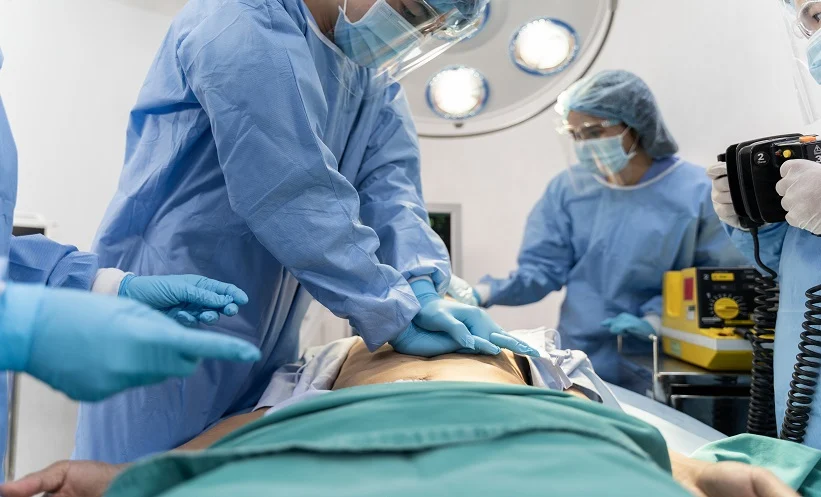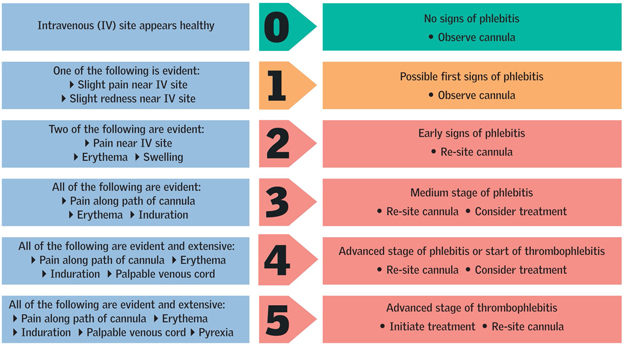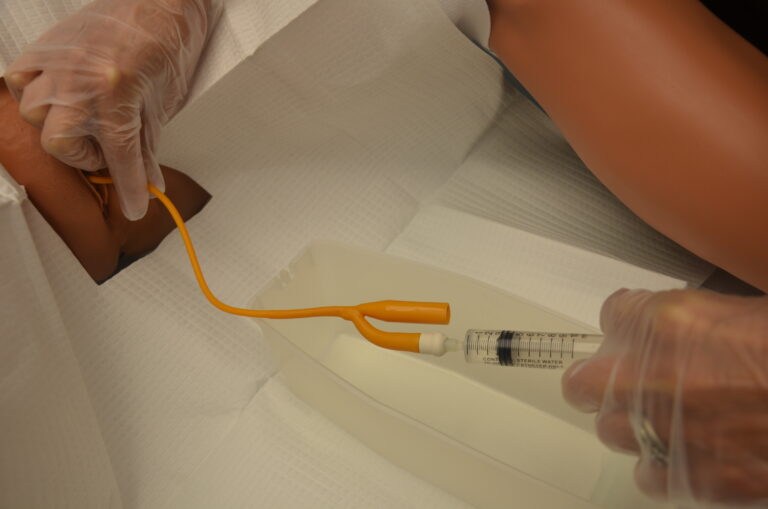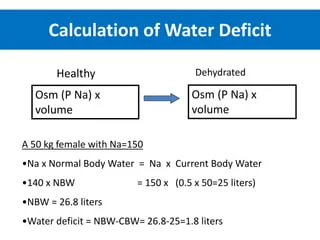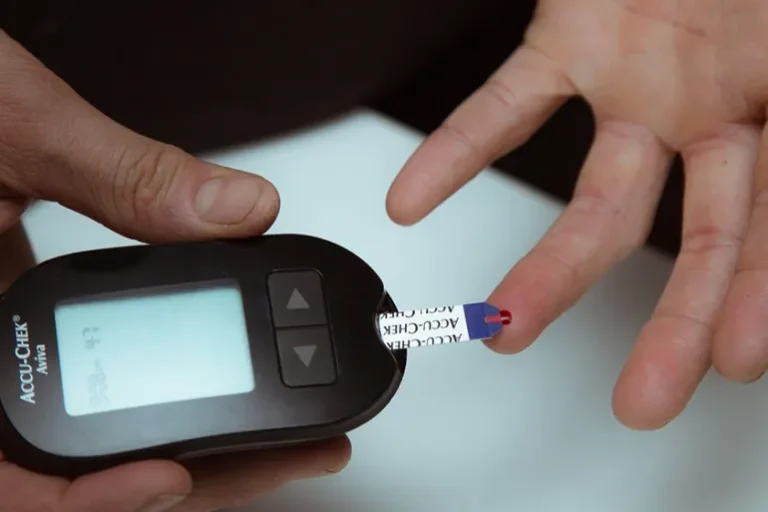In Hospital Resuscitation (BLS) for NMC OSCE
In Hospital Resuscitation (BLS) for NMC OSCE
 In hospital Resuscitation (previously known as Basic Life Support or BLS) is the simplest procedure you can get for your NMC OSCE exam. Time duration for procedure is changed to 6 minutes recently. Now only In hosptal resuscitation scenario is given. Make sure that you read the scenario well before the procedure. For eg. in case of opening airway in spinal injury, you need to do a jaw thrust method to open airway rather than head tilt and chin lift method. Also, don’t forget to give compression’s at the rate of 120 per minute with a depth of 5-6 cm. Your Compression : Ventillation ratio should be 30:2 as you will be demonstrating single rescuer method.
In hospital Resuscitation (previously known as Basic Life Support or BLS) is the simplest procedure you can get for your NMC OSCE exam. Time duration for procedure is changed to 6 minutes recently. Now only In hosptal resuscitation scenario is given. Make sure that you read the scenario well before the procedure. For eg. in case of opening airway in spinal injury, you need to do a jaw thrust method to open airway rather than head tilt and chin lift method. Also, don’t forget to give compression’s at the rate of 120 per minute with a depth of 5-6 cm. Your Compression : Ventillation ratio should be 30:2 as you will be demonstrating single rescuer method.
In Hospital Resuscitation – BLS Skill for NMC OSCE Exam
- Entering the patient room, checking for scene safety, you ensure that scene is safe to approach.
- Call the patient by patting the shoulders and asking “Hello Sir, Can you hear me?” (twice)
- Verbalize “No Response”
- Shout for “HELP” (twice) (You need to scream aloud)
- Inspect Mouth for any obstruction (If any obstruction is there turn patient to one side, remove the obstruction using your pen)
- Open airway using head tilt, chin lift method (In case of spinal injury – use jaw thrust method to open airway.
- Look, feel and listen for signs of life by placing your cheek above the nose and looking downwards towards chest to observe respiration
- Verbalize “No signs of life”
- Verbalize to “Call for Resuscitation team, call 2222” (“2222” is the resus team number in all of the NHS Hospitals)
- Verbalize that you are starting compression’s and start counting from one to thirty while giving compressions
- Give compression in the nipple line, lower part of sternum (counting loud from 1 to 30)
- After 30 compressions, give two breaths using mask and bag (Usually examiner holds the mask and will tell you that she is ready)
- Continue compressions and ventillations, till examiner tells that resuscitation team has arrived (Minimum 3 cycles and may go upto six cycles)
- Stop giving compressions only when examiner tells you to do so
- If asked by the examiner, hand over the patient to resuscitation team using SBAR method ie Situation in which you found the patient, Background of the patient as mentioned in scenario, Actions you have taken in order and recommendations (ACLS)
- Verbalize that you will document what you have done with date time and signatur
- Do a hand rub using seven steps of hand hygiene (don’t forget)

Sometimes, examiner may ask you question like reversible causes of cardiac arrest, rate of compressions, compression:ventillation ratio as well as depth required for compressions.
Reversible causes of Cardiac Arrest is 5H’s and 5T’s ie Hypoxia, Hypothermia, Hypovolemia, Hypokalemia or Hyperkalemia and 5 T’s are Thrombosis, Toxins, Tamponade and Tension Pneumothorax
UK Resuscitation Guidelines – Click Here
Conclusion
Main things to keep in mind here is Compression Rate, Compression Dept. Reversible causes of Cardiac Arrest, Compression : Ventillation Ratio etc.
We are also adding a video below which depicts the flow chart of steps required. In In Hospital Resuscitation (BLS) for NMC OSCE Skills Demonstration which you can watch here
Please not in the above video, the time limit has changed to 6 minutes instead of 10 minutes.
If you liked this article on In hospital Resuscitation (BLS) Skill demonstration for OSCE NMC Exam. Please share this article with your friends who are preparing for OSCE.

